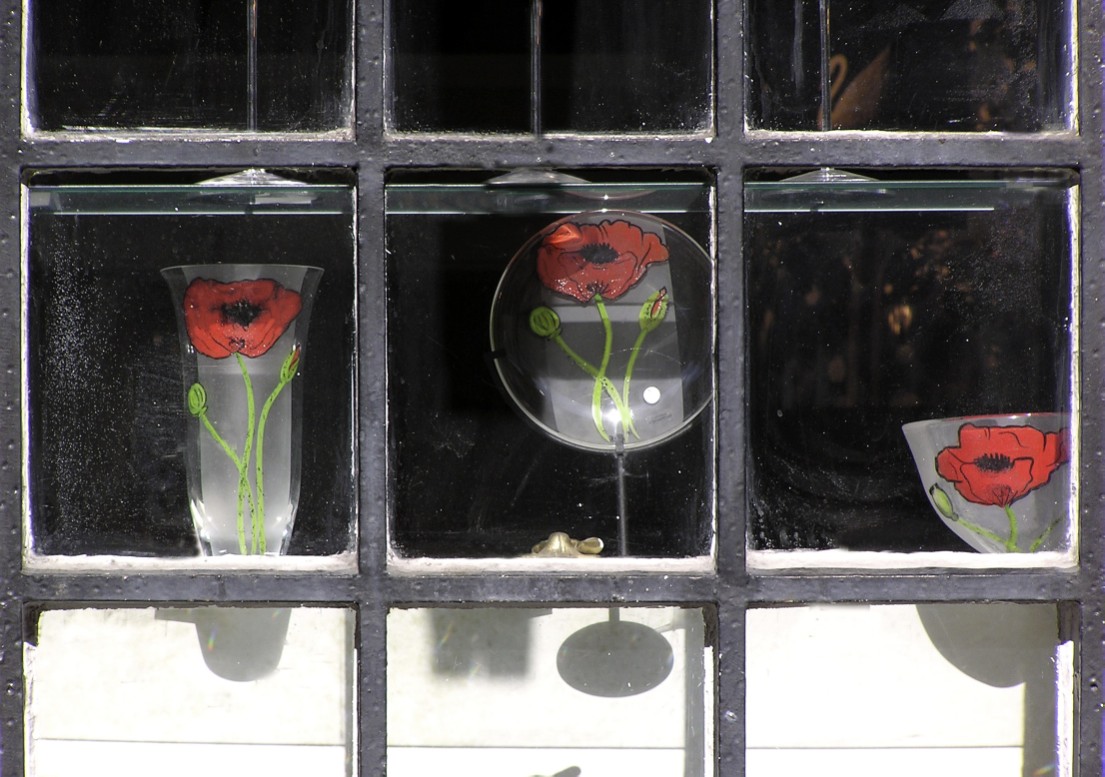
A Dynamic Model
The Johari Window has always been a highly dynamic model—though it has often been portrayed and used as a static model by those with only a superficial understanding of Luft’s analysis. As a static model, the Johari Window defines the relatively openness of individual people in their interpersonal relationships, irrespective of the specific relationship being taken into account. The Window was always meant to be highly contextual. The processes of disclosure and feedback that determine degree of openness are highly dependent on the nature of the relationship being established and the interplaying and reciprocating behavior that commences in this relationship. Even within a specific relationship, processes of disclosure and feedback will vary from moment to moment, depending on the setting and the specific issues being addressed.
The New Johari Window is even more dynamic and contextual, for it offers even more finely differentiated panes in Quadrant 2 and 3. Each of these panes can, in turn, portray subtly nuanced interplay amongst actors in an interpersonal drama. The key element in this subtle interplay, however, remains the same and consistent—this key element is trust. I begin, therefore, with a visit to the domain of trust and suggest that even this seemingly straight-forward dimension of interpersonal relationships is, in fact, rather complex.
Three Forms of Trust
Some linguists (notably Benjamin Whorf) believe that you can tell quite a bit about a culture by noting areas in which there is very elaborate and detailed labeling and areas in which labeling is sparse. The many names for snow among the Innuit (Eskimos) and the many words for love among the Greeks are often offered as evidence of this so-called Whorfian hypothesis. Innuit seem to be very interested in snow, hence have many different names to describe different kinds of snow (much as avid snow skiers have multiple labels, such as “corn snow” and “powder snow”). The Greeks similarly seem to be very interested in love and its many different forms (ranging from “eros” to “agape”)






